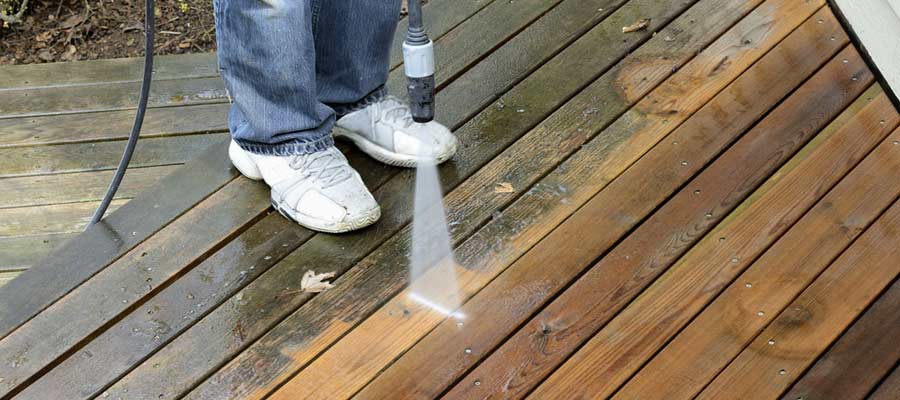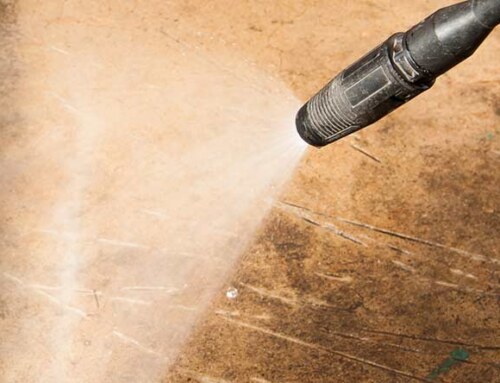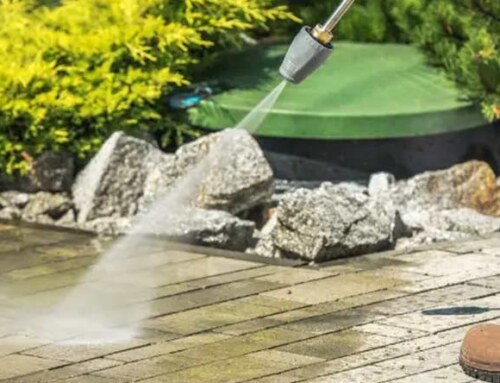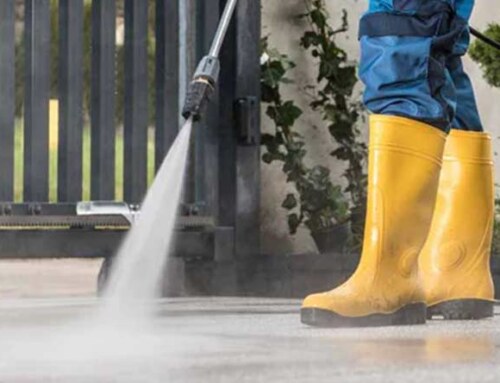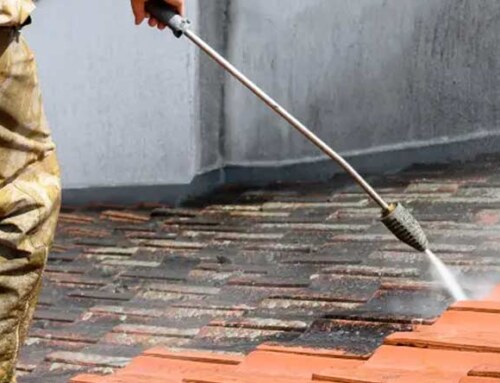How do you know when you need pressure washing? If your window no longer sparkles when you do your bi-monthly clean, then it’s time. As we all know, it’s hard to do regular cleaning in your home, especially regarding your home’s exterior. Fortunately, using a pressure washer, you can reach those difficult-to-clean spots and remove layers of dirt that would be impossible to tackle with just a cloth and some elbow grease.
Pressure washing is incredibly efficient because, unlike cleaning methods that might take hours and a lot of scrubbing, it can get the job done much quicker. The high-pressure water stream can reach and clean spots that would otherwise be impossible, ensuring that your windows are spotless. Furthermore, regular pressure washing can significantly extend the life of your windows by removing harmful substances like mold and mildew that can cause damage over time. With that said, you can’t just point your pressure washer directly at your windows in any mode or power; you need to know the proper technique and setting to avoid damage. So, keep reading as we guide you through how it works.
How Does Pressure Washing Work?
Pressure washing uses a high-pressure water pump to generate a forceful water spray. This high-pressure stream can remove dirt, mold, grime, and other contaminants that build up on various surfaces. For windows, a lower pressure setting is usually used to prevent damage to the glass or seals.
| Component | Description |
| Water Pump | Generates the high-pressure water stream |
| Hose | Delivers water from the pump to the spray gun |
| Spray Gun | Controls the direction and pressure of the spray |
| Nozzle | Adjusts the pressure and spread of the water |
Signs Your Windows Need Pressure Washing
One of the most obvious signs that your windows need pressure washing is visible dirt and grime. If you can see layers of dust, bird droppings, or other debris, it’s definitely time for a wash.
| Window Condition | Recommended Action |
| Slightly dusty | Light cleaning with a cloth |
| Noticeable dirt/Grime | Pressure washing |
If you’ve noticed that your rooms seem darker even though the lights are on, your windows could be the culprit. Layers of dirt and grime can block natural light, making your home feel more cramped and less inviting.
Streaks and smudges can appear even after cleaning. If you find them constantly reappearing despite your best efforts, it might be time to bring in the big guns. Pressure washing can eliminate these stubborn spots once and for all.
Mold and mildew can harm your health and damage your windows. If you see black or green spots on your windows, it indicates that pressure washing is needed.
| Type of Contaminant | Cleaning Method |
| Dirt/Grime | Pressure Washing |
| Mold/Mildew | Pressure washing with a mold remover |
If you notice certain spots that remain no matter how thoroughly you clean your windows, it could be leftover residue or mineral deposits. Pressure washing removes these persistent spots, leaving your windows clear and clean.
When the view from your window starts to fade or becomes blurry, it’s a sign that cleaning is overdue. Pressure washing can help restore the clarity of your view.
Cobwebs and bugs can be difficult to remove with regular cleaning. Pressure washing can quickly and effectively remove these nuisances, making your windows look fresh and clean.
Before you start pressure washing your windows, a little preparation can ensure both safety and effectiveness.
- Ensure all your window seals are intact. High-pressure water can damage weak seals, leading to leaks.
- Clear the area around your windows of any furniture or decorative items that might obstruct the pressure washing process.
- If you have plants or decorations near your windows, cover them to protect them from the high-pressure spray.
How to Pressure Wash Your Windows
Pressure washing your windows is a straightforward process if you follow these steps:
- Select the Right Equipment: Choose a pressure washer with settings appropriate for windows to avoid damage.
- Test on a Small Area: Always test on a small, inconspicuous area first to ensure the pressure is not too high.
- Adjust Nozzle Settings: Set the nozzle to a broader spray pattern to distribute pressure evenly.
- Begin Washing: Start from the top and work your way down to prevent streaks.
- Rinse and Inspect: Rinse thoroughly and inspect for any missed spots or potential damage.
Lower pressure is essential to prevent damage to windows. Generally, a pressure setting of 1,200 to 1,500 PSI is safe for windows.
DIY vs. Professional Pressure Washing
If you prefer to do things yourself, renting or purchasing a pressure washer can be a good investment. Just make sure to follow the steps and guidelines we’ve provided, and you’ll be on your way to clear, sparkling windows.
Hiring a professional service can be a convenient option for those who prefer to avoid tackling this task themselves. Professionals have the experience and equipment to do the job quickly and efficiently. Klein Pressure Washing only works with certified professionals to deliver the best results.
| Option | Pros | Cons |
| DIY | Cost-effective, flexible timing | Requires equipment, learning curve |
| Professional | Expertise, no effort required | More expensive scheduling needed |
So, if you need pressure washing services, please contact us today. We provide an effective and efficient way to keep your windows looking their best.

